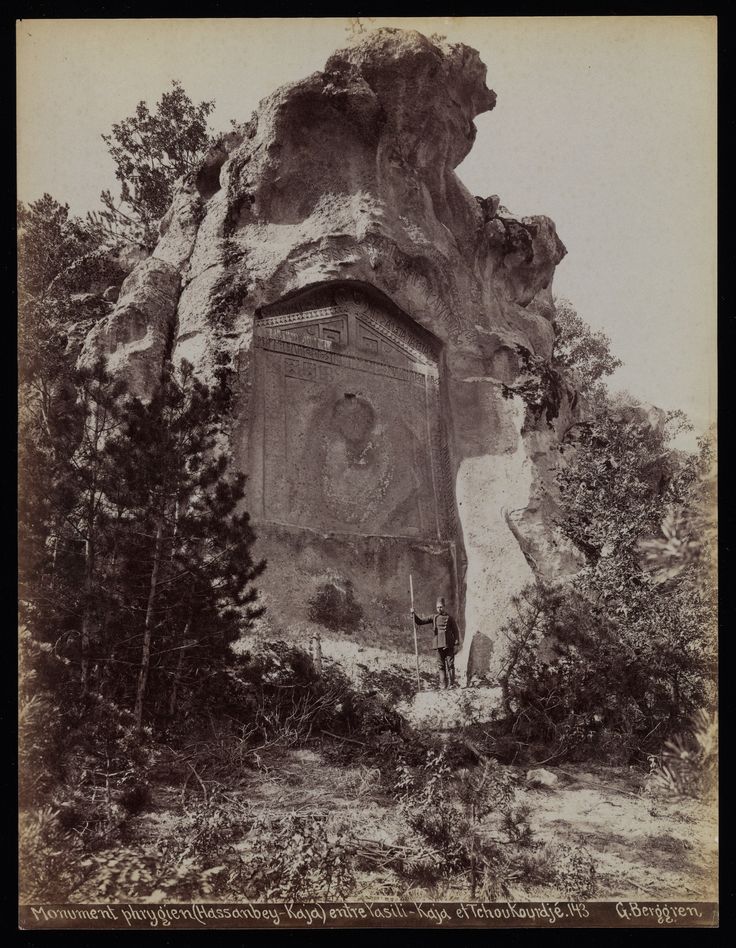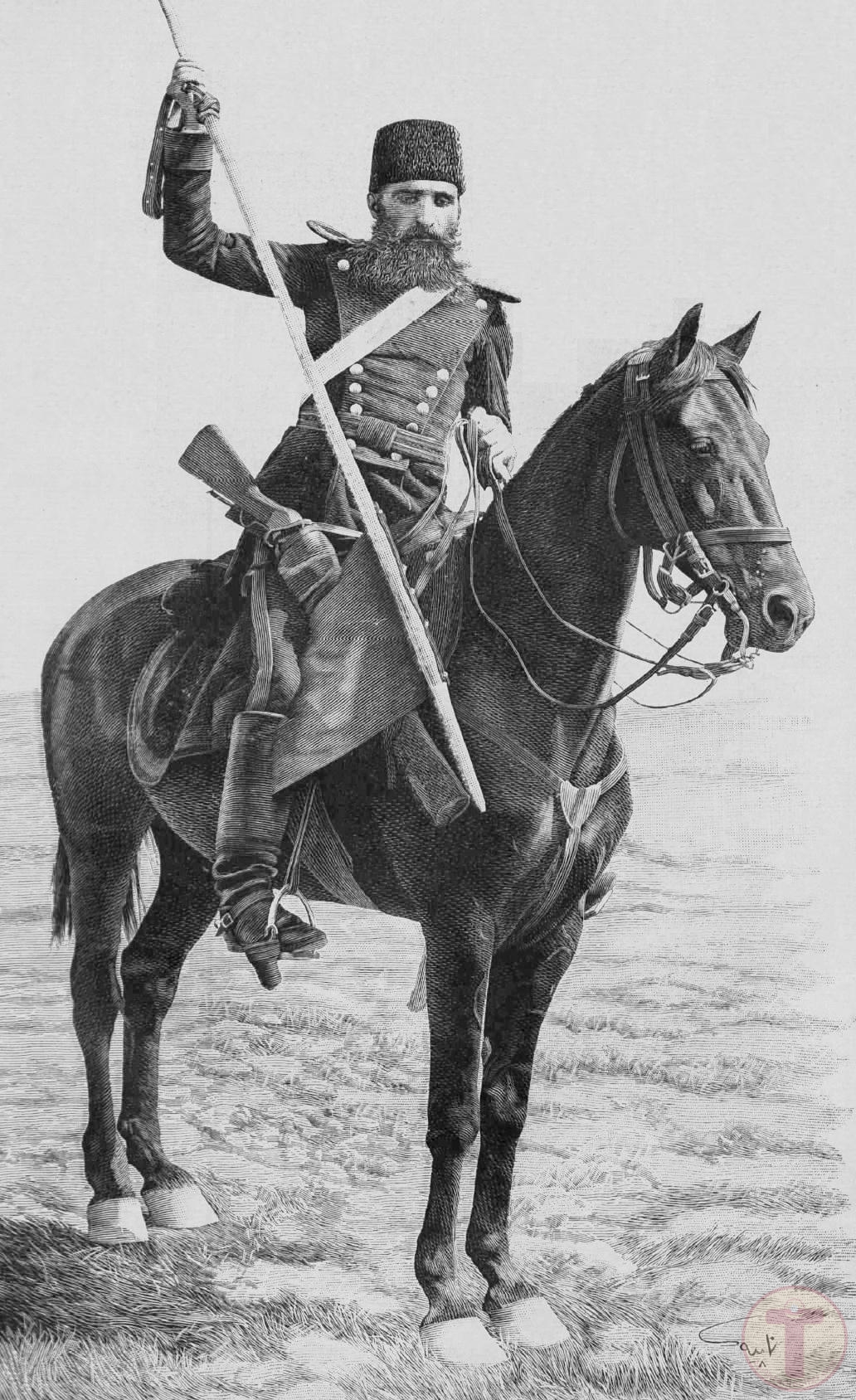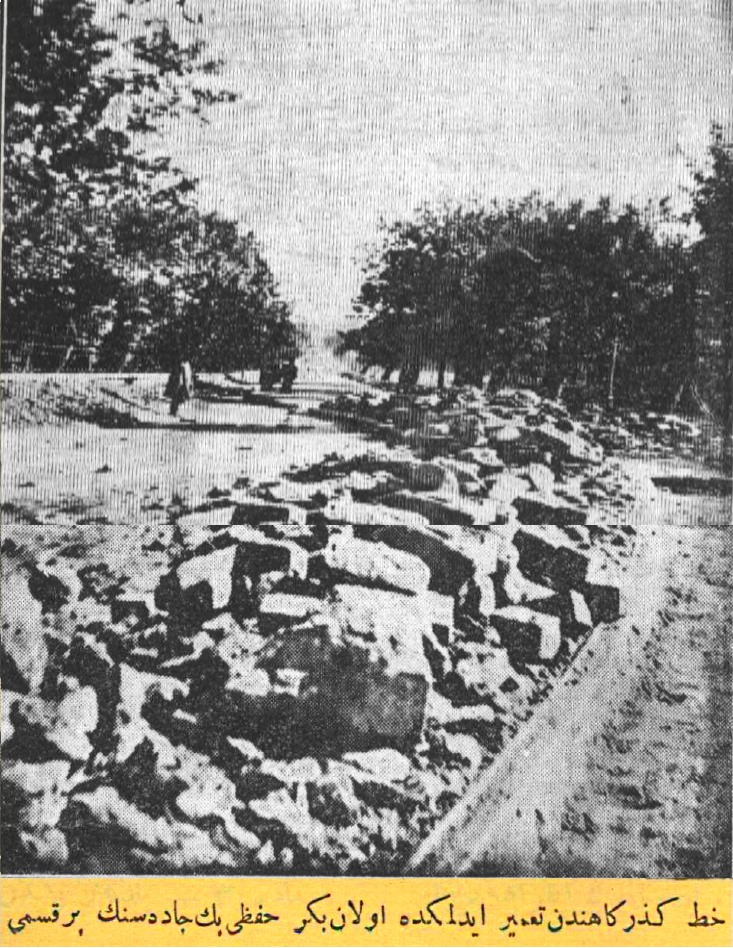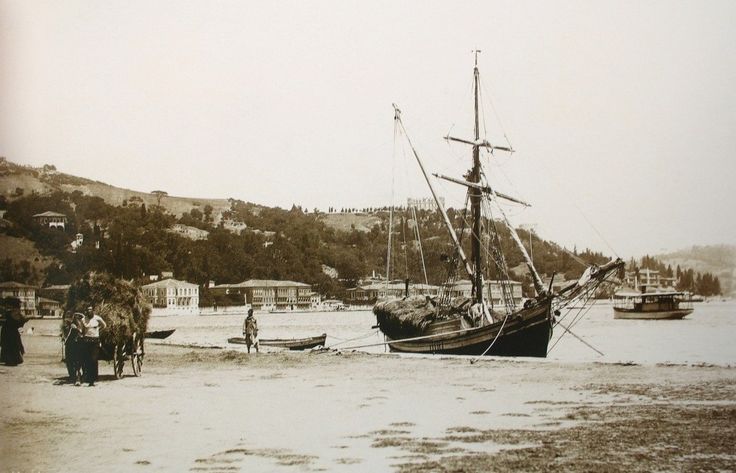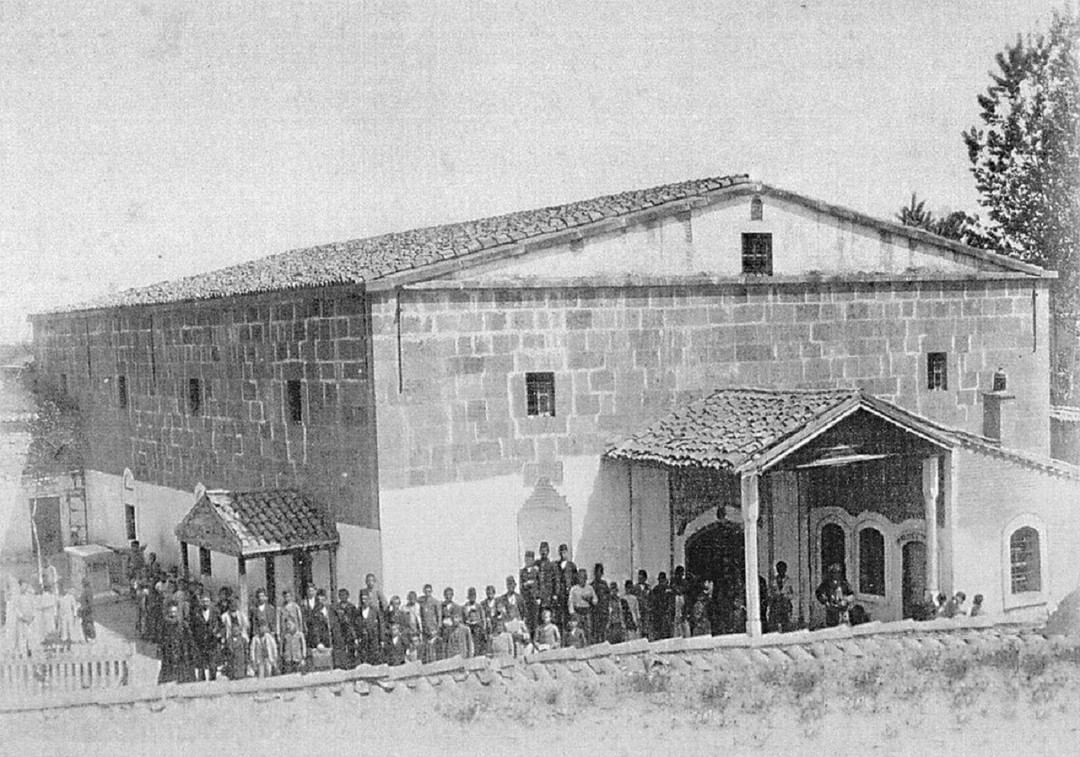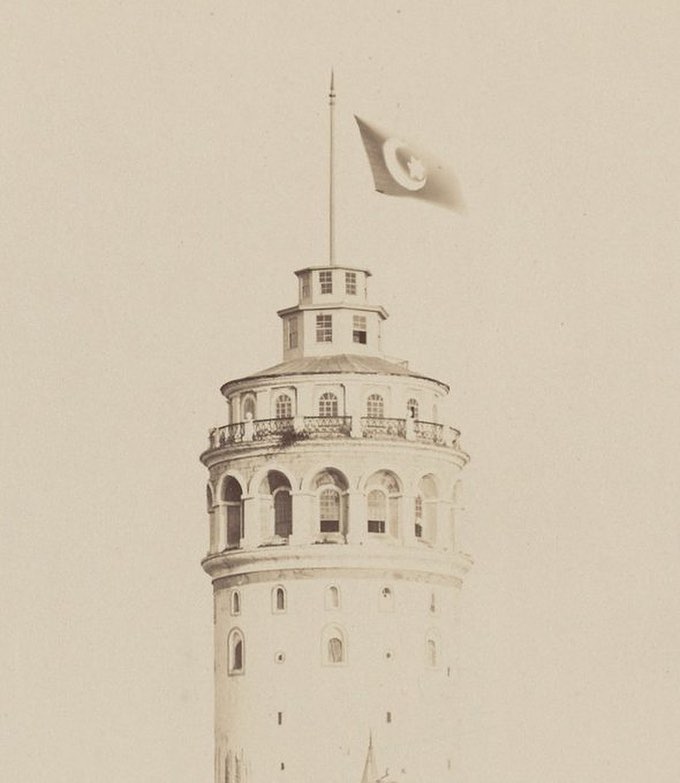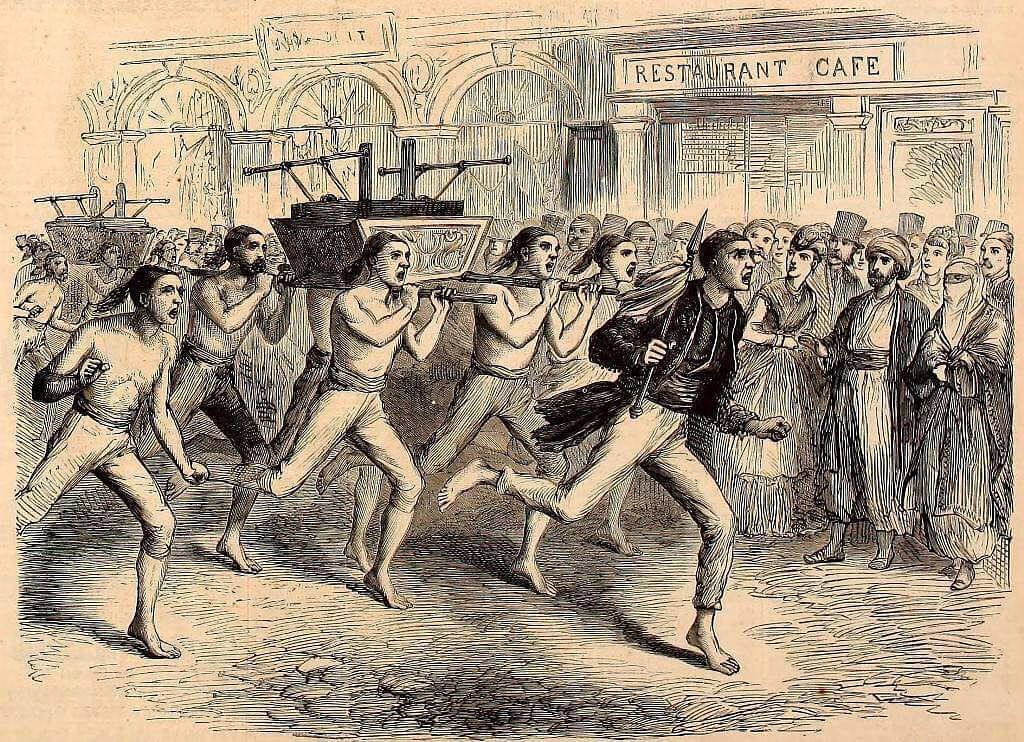İstanbul’da küçük taş sütunlara rastlayabilirsiniz. Bunlara sadaka taşı denir. O…
İstanbul’da küçük taş sütunlara rastlayabilirsiniz. Bunlara sadaka taşı denir. Osmanlı döneminde bu yapılar şehrin belli noktalarında inşa edildi. Bunun yapılmasının tek amacı zengin insanlar ve muhtaç olanların arasında adil bir bağlantı kurmaktı. Bu, o dönemlerde halkın ne denli ince ve hassas düşündüğünün bir göstergesi idi.
Bu küçük sadaka taşları çağdaş bağış sistemini temsil etmektedir. Genellikle camilerde sadakayı alanın da verenin de göremeyeceği şekilde tenha yerlere konulurdu. Boyları bir insan boyunda yada daha uzun olarak inşa edilirdi.
Taşın üzerinde bir çok oyuk mevcuttur. Bu şekilde insanlar herhangi bir miktarda sadaka vermek istediklerinde kolayca yerleştirebiliyorlardı. İhtiyacı olan insanlar sadece ihtiyaç duydukları kadarını alır gerisini diğer ihtiyaç sahipleri için bırakırlardı. Bu sistem Osmanlı İmparatorluğu’nun gerileme dönemine kadar bu şekilde işledi. Resimde görüldüğü gibi bazı sadaka taşları hala şehir içinde varlığını sürdürmektedir.
Within Istanbul you will come across small pillar stones. These are called sadaka taşı (charity stones). During the Ottoman period these structures were erected at certain points of the city. The sole purpose of this was the fair connection between the people with wealth and those who were needy. They were a very polite gesture that showed the elaborateness of the public during those periods.
These small pillar stones represent the modern donation system but openly. Usually placed within mosque complexes and in a very hidden corner. It’s almost as tall as a human or maybe a little taller.
There is a cavity on the very top, so people who wanted to do charity would place whatever amount they wanted in this cavity. The people with need would only take the amount they needed and leave the rest for the others. In this way both parties were not exposed to one another openly to avoid feelings of arrogance or embarrassment. The system worked exceptionally well until the descent of the Empire, as nobody took advantage of the shared wealth, and truly only the needy would benefit from the charity stones. As seen in the picture some pillars still exist throughout modern day Turkey.

